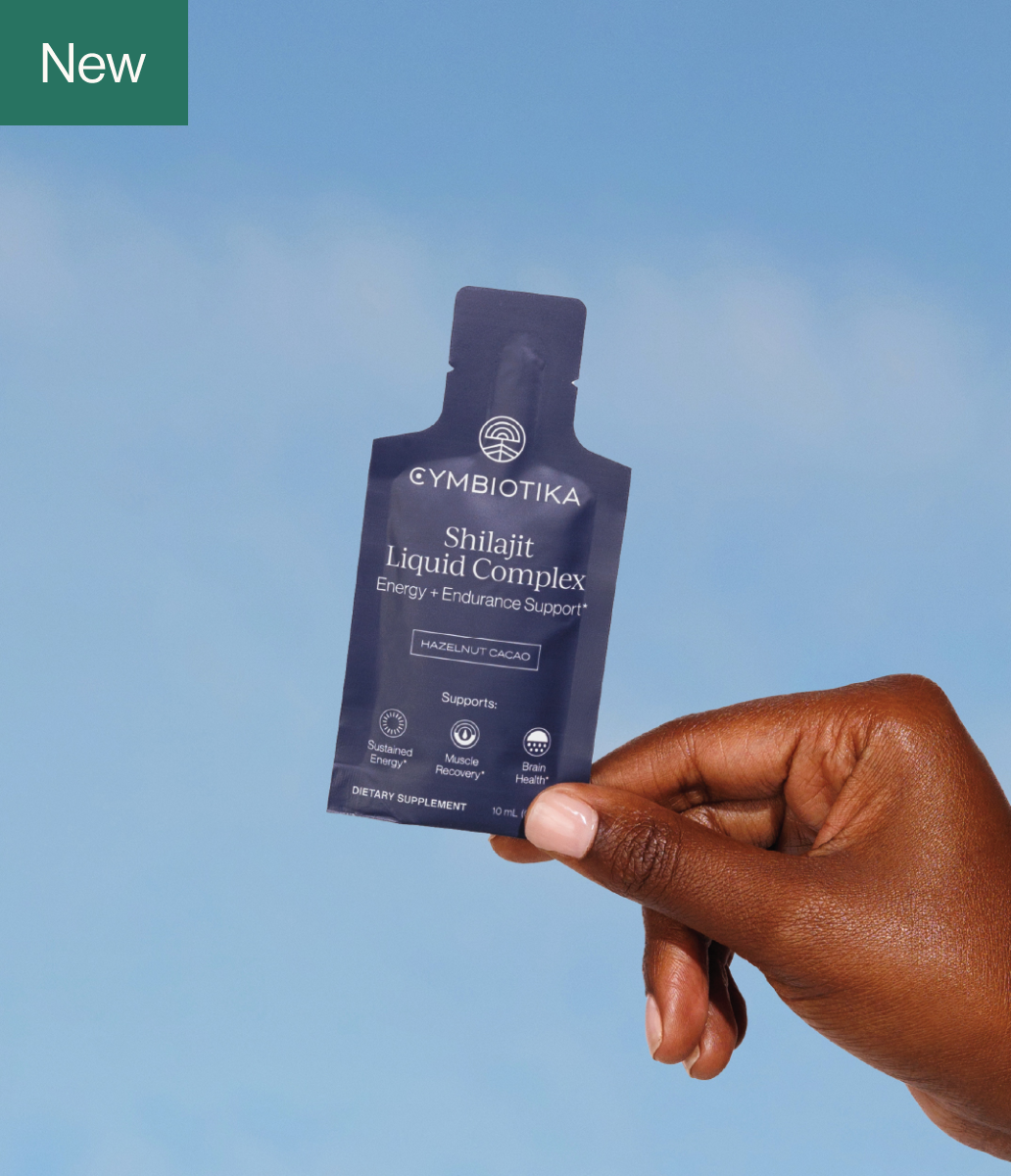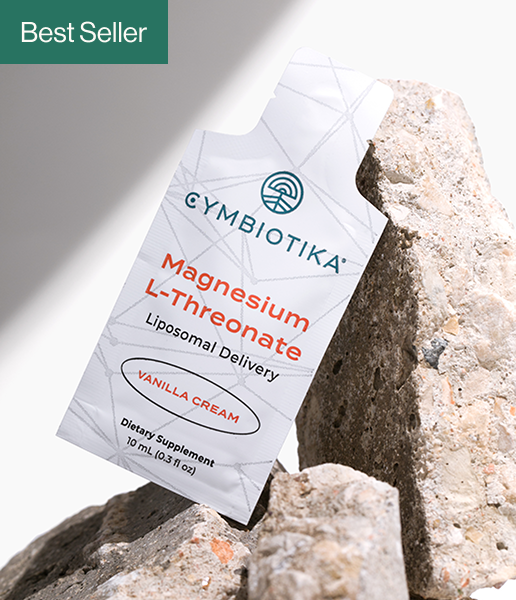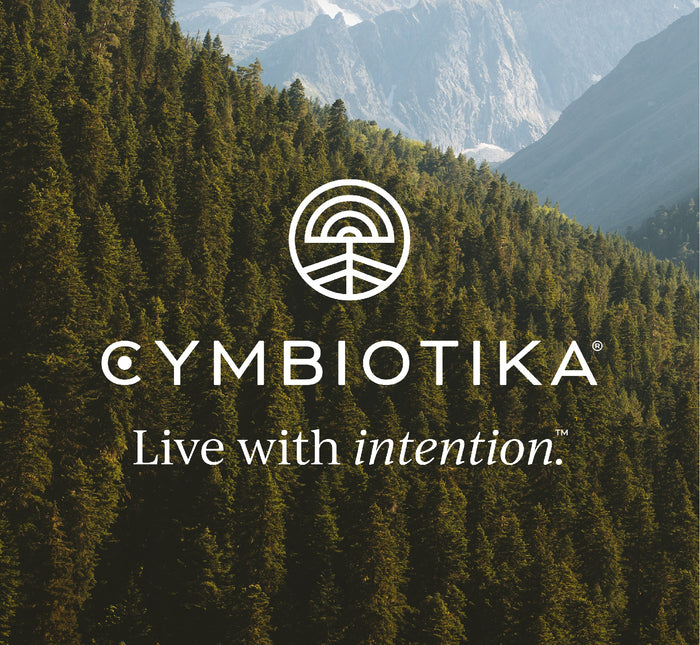
SODIUM COPPER CHLOROPHYLLIN
Chlorophyll is the pigment that gives plants and algae their green color. Plants use chlorophyll to trap light needed for photosynthesis (1). The basic structure of chlorophyll is a porphyrin ring similar to that of heme in hemoglobin, although the central atom in chlorophyll is magnesium instead of iron. The long hydrocarbon (phytol) tail attached to the porphyrin ring makes chlorophyll fat-soluble and insoluble in water. Two different types of chlorophyll (chlorophyll a and chlorophyll b) are found in plants (Figure 1). The small difference in one of the side chains allows each type of chlorophyll to absorb light at slightly different wavelengths. Chlorophyllin is a semi-synthetic mixture of sodium copper salts derived from chlorophyll (2, 3). During the synthesis of chlorophyllin, the magnesium atom at the center of the ring is replaced with copper and the phytol tail is lost. Unlike natural chlorophyll, chlorophyllin is water-soluble. Although the content of different chlorophyllin mixtures may vary, two compounds commonly found in commercial chlorophyllin mixtures are trisodium copper chlorin e6 and disodium copper chlorin e4. (1)
“Biological Activities: Complex formation with other molecules: Chlorophyll and chlorophyllin are able to form tight molecular complexes with certain chemicals known or suspected to cause cancer, including polycyclic aromatic hydrocarbons found in tobacco smoke (5), some heterocyclic amines found in cooked meat (6), and aflatoxin-B1. The binding of chlorophyll or chlorophyllin to these potential carcinogens may interfere with gastrointestinal absorption of potential carcinogens, reducing the amount that reaches susceptible tissues. A recently completed study by Linus Pauling Institute investigator Professor George S. Bailey showed that chlorophyllin and chlorophyll were equally effective at blocking uptake of aflatoxin-B1 in humans, using accelerator mass spectrometry to track an ultra-low dose of the carcinogen (C Jubert et al., manuscript submitted).”(5)
“Antioxidant effects- Chlorophyllin can neutralize several physically relevant oxidants in vitro, and limited data from animal studies suggest that chlorophyllin supplementation may decrease oxidative damage induced by chemical carcinogens and radiation.”(5)
“Modification of the metabolism and detoxification of carcinogens To initiate the development of cancer, some chemicals (procarcinogens) must first be metabolized to active carcinogens that are capable of damaging DNA or other critical molecules in susceptible tissues. Since enzymes in the cytochrome P450 family are required for the activation of some procarcinogens, inhibition of cytochrome P450 enzymes may decrease the risk of some types of chemically induced cancers. In vitro studies indicate that chlorophyllin may decrease the activity of cytochrome P450 enzymes. Phase II biotransformation enzymes promote the elimination of potentially harmful toxins and carcinogens from the body. Limited data from animal studies indicate that chlorophyllin may increase the activity of the phase II enzyme, quinone reductase.” (5)
FOUND IN THE FOLLOWING PRODUCT(S)
CLINICAL RESEARCH
1.Matthews CK, van Holde KE. Biochemistry. 2nd ed. Menlo Park: The Benjamin/Cummings Publishing Company; 1996.
2. Dietary aflatoxin exposure and chemoprevention of cancer: a clinical review
3. The importance of using pure chemicals in (anti) mutagenicity studies: chlorophyllin as a case in point
4. Mechanisms of the in vitro antimutagenic action of chlorophyllin against benzo[a]pyrene: studies of enzyme inhibition, molecular complex formation and degradation of the ultimate carcinogen
5. Chlorophyll and Chlorophyllin
6. Mechanisms of chlorophyllin anticarcinogenesis against aflatoxin B1: complex formation with the carcinogen
7. Chemoprevention with chlorophyllin in individuals exposed to dietary aflatoxin
8. Scavenging of reactive oxygen species by chlorophyllin: an ESR study
9. Chlorophyllin as an effective antioxidant against membrane damage in vitro and ex vivo
10. Non-specific inhibition of cytochrome P450 activities by chlorophyllin in human and rat liver microsomes
11. Sodium copper chlorophyllin
You've unlocked a FREE gift!
Select a FREE product of your choice!
Back to cart
Unlock Your Free Packet Holder
Subscribe to one or more items below to receive a free packet holder with your order.
Select All
Golden Mind order processes.
Topical Magnesium order processes.
You're away from a FREE gift!
Add any of the products below to unlock your free gift.






More subscriptions, more savings
1
10% off
2
15% off
3
20% off
4
25% off
5
30% off
Want to save? Add a subscription to get 10% off on it!













